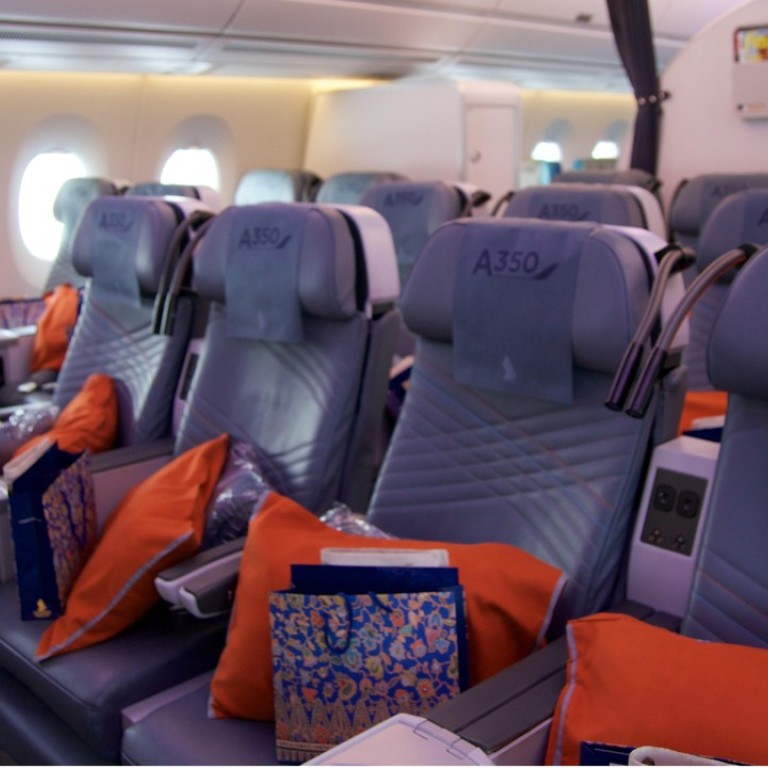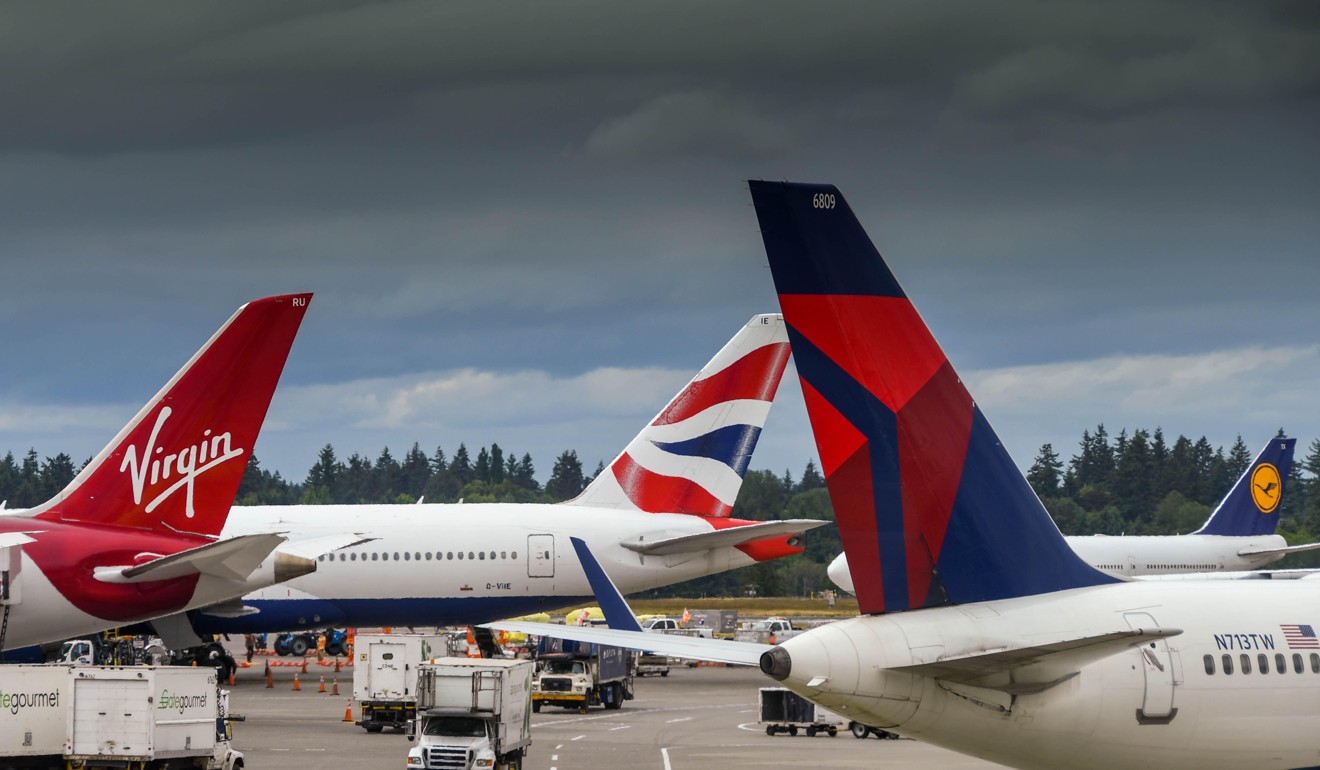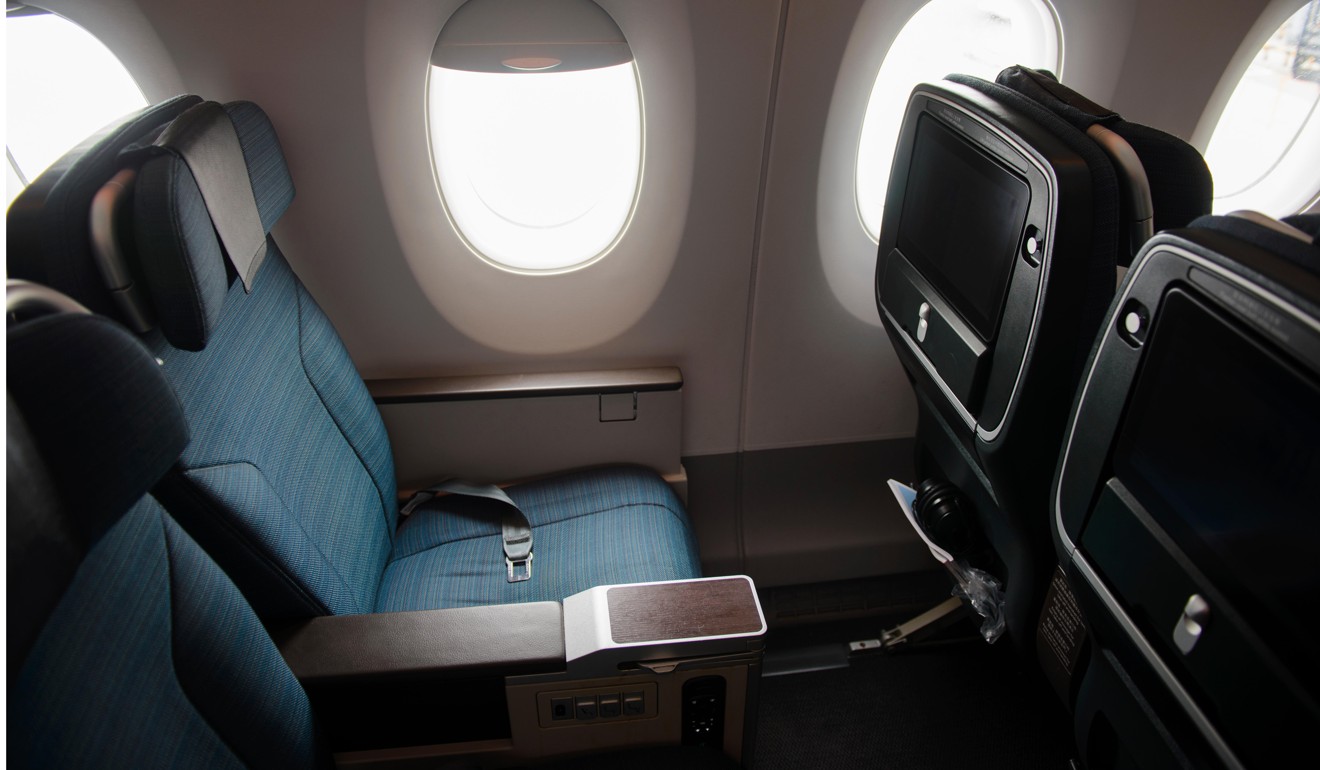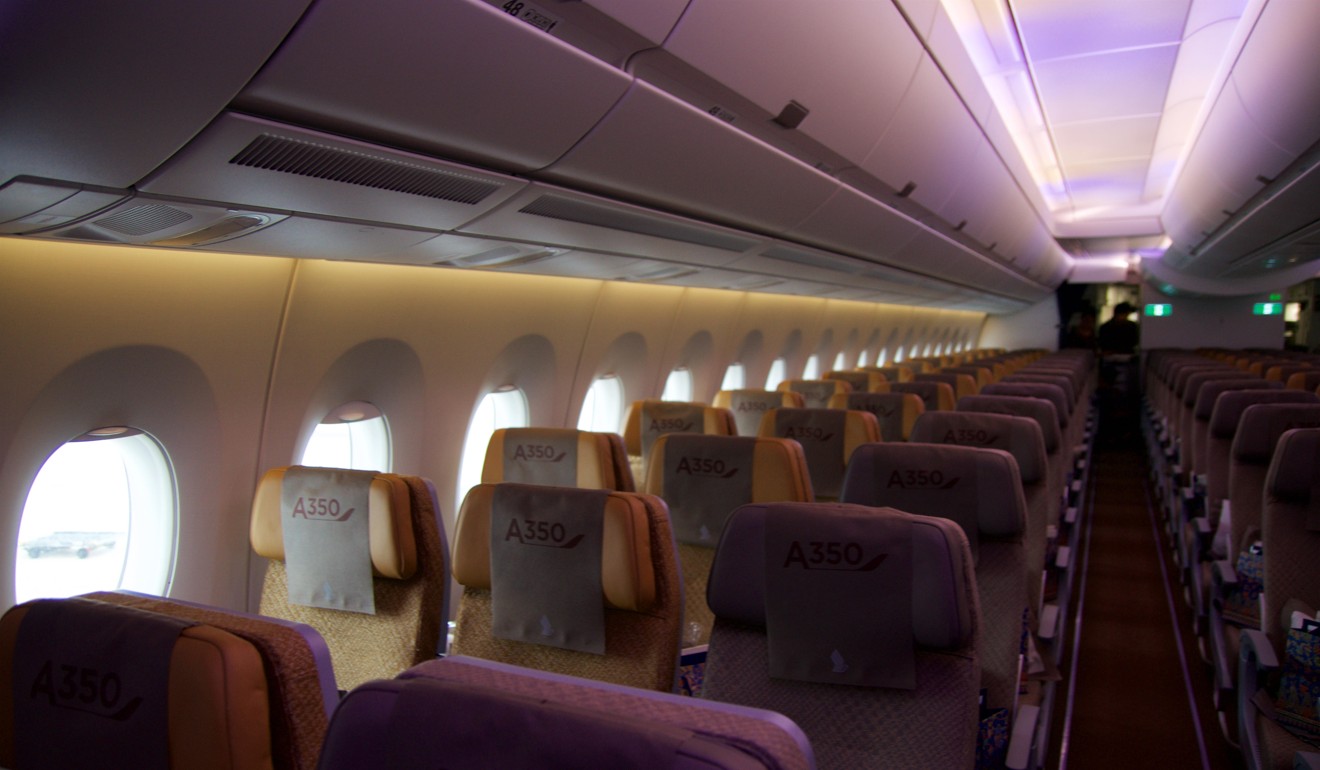
Why airlines offer premium economy – they probably make more profit from those seats than any other
Premium economy is a money-spinner for airlines, because it offers little more than basic economy but can cost three times as much – at a time when first-class and business class revenues are flat
Travellers probably won’t be rushing to praise the airlines for it, but industry investors should find a lot to love in an innovation that offers just a fraction more wiggle room for twice the money.
As economy seats become more cramped, and business class gets more luxurious and pricey, demand has swollen for an in-between option that will give fliers a little more comfort without breaking the bank on long overseas flights.
That is how the “premium economy” seats offered in a growing percentage of international fleets have become one of the most lucrative innovations in modern flying.
Travellers pay prices that are broadly double – and sometimes triple – economy fares. And here’s the brilliant part from an airline’s perspective: in adding this cash-generating cabin, they incur only modestly higher costs without siphoning affluent travellers from their posher cabins.

“Anytime you can get paid double for something that does not cost you double to produce, that’s a pretty good place to be for any company,” says Seth Kaplan, editor of trade journal Airline Weekly, noting that the premium cabin “does not take up twice the real estate, the food does not cost twice as much”.
TripAdvisor’s ‘most prolific reviewer’ is American expat who lives in Hong Kong
The premium economy cabin, pioneered in the early 1990s in Taiwan and the UK, typically offers wider seats with more legroom, nicer meal service and larger video screens. The option has become a must-have for long-haul international carriers because of passenger demand and the profit it generates above regular economy seats.
The push for premium economy is also getting a boost from the revenue limitations of the swankier seats in first and business class. Those plusher berths aren’t the most reliable cash generators for big international airlines because so many of them are consumed by loyalty programme upgrades.

On some network airlines, the premium economy cabin probably commands the highest profit margins on the entire aircraft, says Jude Bricker, chief executive officer of Sun Country Airlines, which designates 27 seats as premium economy on its Boeing 737s. “This is all about giving people what they are willing to pay for,” he says.
Which are the world’s most tech-friendly long-haul airlines? You may be surprised
Early next year, United will become the third major US carrier, after Delta and American, to offer a premium economy cabin. Emirates, the world’s largest airline by international traffic, plans to have it in 2020.
Flights longer than 14 hours offer the best opportunity to provide multilevel products, says Phil Capps, head of customer experience at Qantas, which began selling premium economy a decade ago with the arrival of its first Airbus A380s. “This is really tapping into unmet demand that has been sitting in the economy cabin for some years,” he says.

Premium economy started in 1992 when EVA Airways and Virgin Atlantic introduced it within months of each other.
The new cabin “was just kind of inevitable” as many international airlines phased out first class and made business-class cabins more luxurious, while steerage sections became increasingly austere, says Kaplan. Given the opulence at the front of modern long-haul aeroplanes, including flat beds, lush bedding, gourmet dining and expensive wines and spirits, “what used to be business class is now called premium economy”, he says.

The cabin can also help airlines reserve business and first class for their very top customers by offering another upgrade option to those in economy, says Kaplan. Even so, the inventory is likely to be tightly restricted for people who are cashing in air miles. The premium economy cabins “are not there to help people with miles, they’re there to generate cash”, he says.
Business and first-class cabin performance is flat globally, accounting for 31 per cent of passenger revenues and 5.1 per cent of traffic in the first half of this year, unchanged from the same period of 2017, according to the International Air Transport Association.

Premium economy’s growth will be fuelled by leisure travellers looking for something more comfortable than standard economy, and by businesses that will not pay for first class any more but may be willing to extend to a premium economy seat, says Perry Flint, a spokesman for IATA, a trade group representing airlines.
“Only around a quarter of our clients have policies that explicitly allow their travellers to book this cabin class, suggesting that there’s still a lot of room for growth for premium economy in corporate travel,” says Michael Valkevich, a senior director of Carlson Wagonlit Travel in Singapore.

